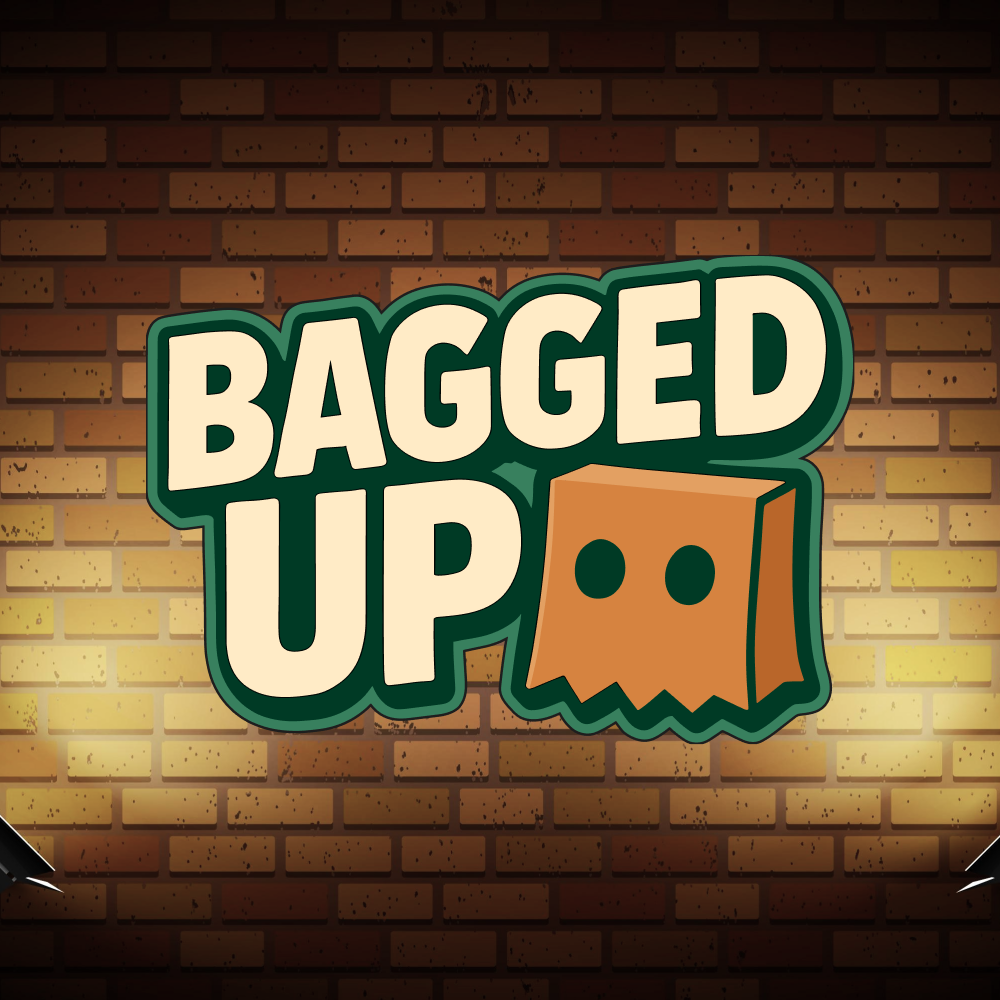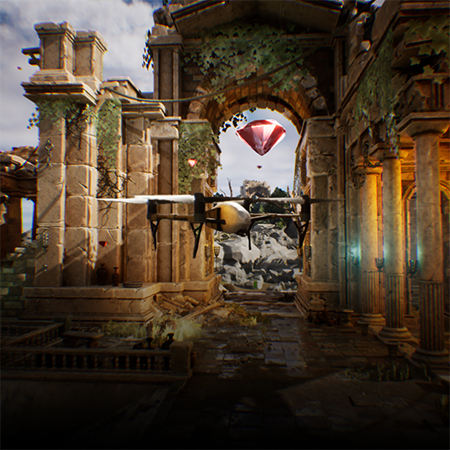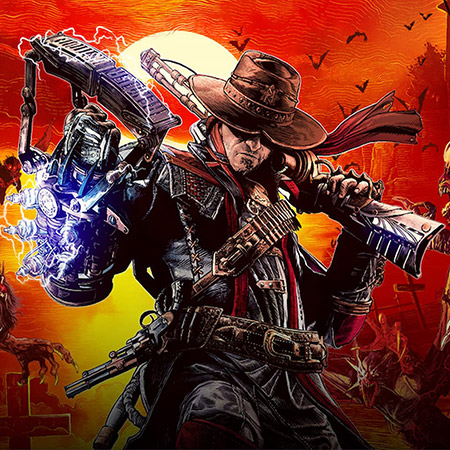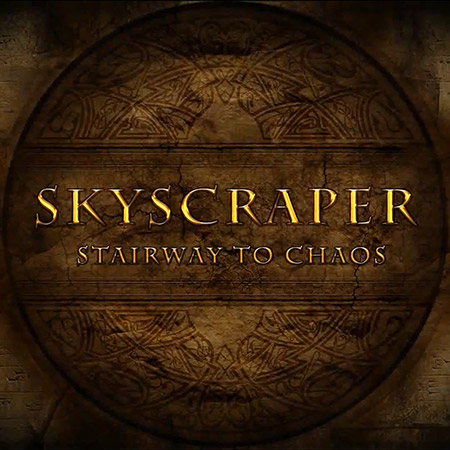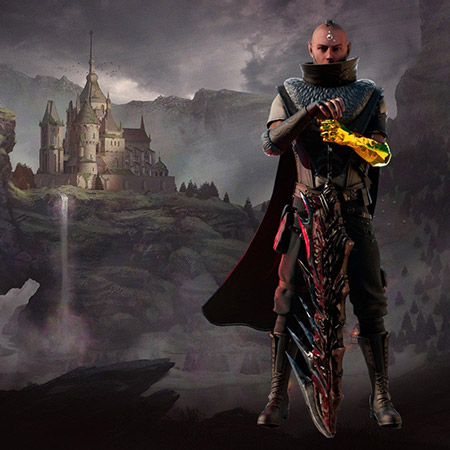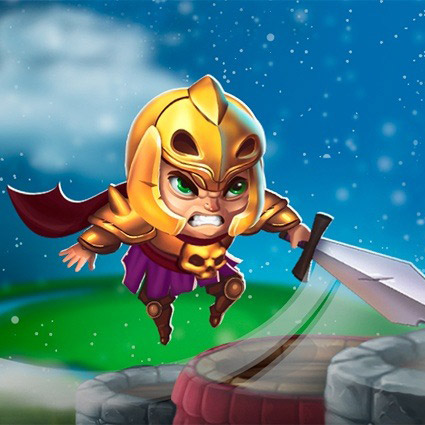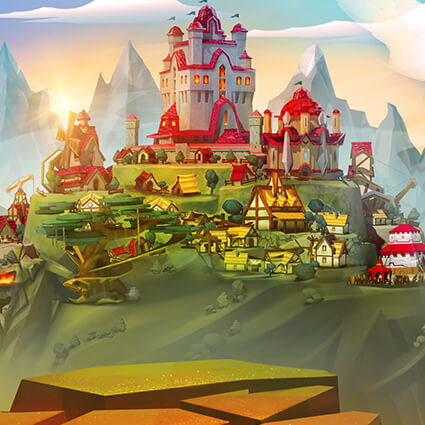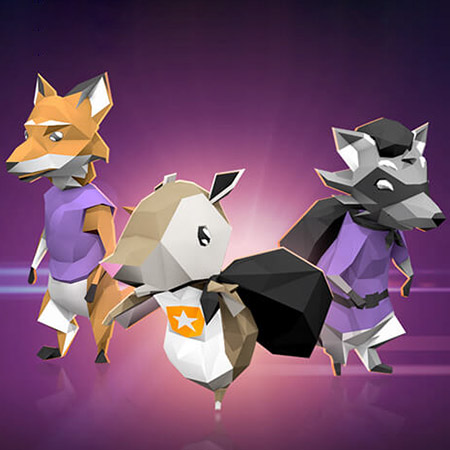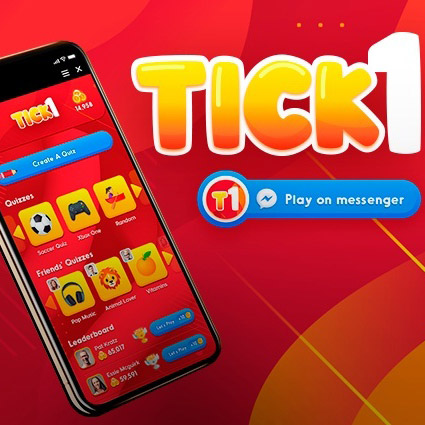Game development, a dynamic and intricate process, involves many elements that significantly impact the overall cost. The question of how much it costs to make a video game is multifaceted, and the answer is not straightforward. It encompasses a range of aspects, from design complexity technology requirements, to the choice of a game development outsourcing company.
The decision to outsource can dramatically alter the financial landscape of a project, offering both cost-efficiency and access to specialized talent. This introduction aims to shed light on the financial dynamics of video game creation. By exploring these variables, we aim to provide a clear and detailed understanding of the financial commitments involved in bringing a game from concept to reality.
Our focus will be on how these costs can vary and the strategic role of outsourcing in optimizing budgets for game development. So, let go and answer the question of how much does it cost to make a video game.
The Evolution of Video Game Costs Over the Decades
In the 1980s, the cost of video game development was influenced by several factors, including the emergence of third-party developers and an oversaturated market. After a dispute with Atari, several key programmers founded Activision in late 1979, becoming the first third-party developer for the Atari 2600. This led to a lawsuit between Atari and Activision over copyright infringement, eventually settling on fixed royalty rates and a process for third-party game development.
The growth of third-party development and an influx of promotional games from companies with no prior gaming experience contributed to an oversaturated market. This oversaturation, along with a proliferation of consoles and poor-quality games, eventually led to the collapse of the video game industry in 1983.
Unfortunately, specific financial figures regarding the cost of game development during this era are not readily available. However, it's clear that the industry dynamics, including the rise of third-party developers and market oversaturation, played a significant role in shaping the economic landscape of video game development in the 1980s.
The question of how much it cost to make a video game in the 1980s is complex, as the industry was in its infancy and rapidly evolving. Costs were associated with the development process and navigating legal and market challenges, as seen in the Activision-Atari case. The introduction of new technologies and gaming platforms further diversified the cost structure.
Additionally, the need for marketing and distribution, especially in a crowded marketplace, added another layer to the overall financial outlay. The era's technological limitations and the nascent state of the industry meant that development costs, while significant, were likely lower compared to the high-budget productions of later years.
Breaking Down the Costs of Video Game Production
Understanding the financial intricacies of video game production involves dissecting various elements, from design and development to marketing and distribution, each contributing significantly to the overall expense.
Independent vs. AA or AAA Game Development
So, how much does it cost to make a game? Well, it’s difficult to answer this question in a single sentence or give a precise answer at all. Let’s find out it step by step.
| Aspect | Independent Game Development | AA / AAA Game Development |
| Budget | Typically lower, ranging from a few thousand to several million dollars. | Generally much higher, often exceeding tens or hundreds of millions of dollars. |
| Team size | Small teams, often ranging from a single individual to a few dozen people. | Large teams, sometimes hundreds of professionals from various fields. |
| Development time | Can vary widely, from a few months to a few years, depending on the scope. | Usually requires several years, given the complexity and scale of the games. |
| Technology & tools | Often rely on affordable or open-source software; limited budget for proprietary technology. | Access to cutting-edge technology and proprietary tools, often with significant investment in R&D. |
| Marketing | Limited marketing budgets; reliance on social media, word-of-mouth, and independent game platforms. | Massive marketing campaigns across various media, often with a significant portion of the total budget. |
| Distribution | Primarily digital distribution, leveraging platforms like Steam, itch.io, or direct sales from their website. | Broad distribution channels, including physical and digital sales worldwide. |
| Financial risks | Lower overall financial risk due to smaller budgets but high risk relative to resources available. | Higher financial stakes, but distributed risk due to larger backing and resources. |
| Creative freedom | Often higher, with fewer restrictions on creativity and innovation. | Can be limited by market expectations, franchise requirements, and publisher demands. |
| Expected returns | Variable; success stories exist but many games may not see significant profits. | High expectations for substantial returns, often needing to recoup large investments. |
Factors Influencing Development Cost
Several vital factors shape the cost of developing a video game, each crucial in determining the overall financial commitment.
- Team size and expertise. The number of professionals involved and their skill levels directly impact costs. Larger teams with seasoned experts typically demand higher salaries.
- Development time. The duration of the development process influences overall expenses. Extended development periods can increase costs due to prolonged labor and operational needs.
- Technology and tools. Advanced software and hardware used in development can significantly raise costs. Cutting-edge technology often comes with high licensing fees.
- Game complexity. More intricate games with detailed graphics, sophisticated mechanics, and expansive worlds require more resources and time, escalating the development costs.
- Marketing and promotion. Effective marketing campaigns to generate buzz and reach a broad audience are costly but essential for commercial success.
- Distribution channels. The choice between digital-only releases or including physical copies affects costs, with physical distribution generally being more expensive.
- Post-release support. Continuous updates, bug fixes, and customer support post-launch are additional costs that need consideration.
The factors above collectively determine how much it costs to make a game, each contributing in varying degrees to the total investment.
Get yourself a pro game development company to save money.
Comparative Costs of Developing Games Across Various Platforms
In assessing "how much does it cost to make a game app" across various platforms, one encounters a spectrum of cost structures, each tailored to these platforms' unique requirements and challenges.
The Cost of Making a Mobile Game
The cost of creating a mobile game hinges on various factors, prompting the question: how much does it cost to make a mobile game? For indie developers, costs can be relatively modest, often a few thousand dollars, covering essential design and coding. Mid-tier games, which present more complex gameplay and enhanced graphics, typically incur costs ranging from $20k to $100k.
At the higher end of the spectrum, mobile games with console-quality features may require budgets well into the hundreds of thousands or even millions. These costs encompass design complexity, graphics, software tools, developer expertise, as well as marketing and post-launch support.
The Cost of Making a PC Game
When considering the cost of PC game development, it's essential to address the question, "how much does it cost to make a computer game." For indie developers, the budget might start from a few thousand dollars, focusing on basic gameplay and graphics. Mid-level games, offering enhanced graphics and more complex mechanics, typically require an investment ranging from $100k to several hundred thousand dollars.
Large-scale PC games featuring high-end graphics, intricate storylines, and extensive gameplay can demand millions. These costs encompass various aspects, such as programming, art design, marketing, and often, significant time investment for development and testing.
The Cost of Making VR/AR Games
The development costs for VR (Virtual Reality) and AR (Augmented Reality) games are notably higher due to the advanced technology and expertise required. Simple AR apps might start at around $5k, but more sophisticated projects can quickly escalate to $300k or more. VR game development, demanding high-fidelity graphics and complex interaction models, often sees budgets starting from $50k for basic experiences.
Full-scale, immersive VR games with detailed environments and interactive elements can require investments well over $1m. These costs reflect the need for specialized software, hardware, skilled developers, and the extended development time necessary to create immersive and engaging user experiences in these cutting-edge gaming realms.
Behind the Scenes: The Teams Crafting Video Games
Delving into the behind-the-scenes world of video game creation, we uncover the diverse teams and their roles, integral to crafting the immersive experiences that define modern gaming.
Roles in a Game Development Team
In a game development team, various roles are essential for transforming a creative vision into a playable reality, with game development software serving as a crucial tool at each stage.
- Game Designers craft the game's concept, rules, and overall user experience. They utilize game development software to prototype and refine gameplay mechanics.
- Artists and Animators bring the game's visual elements to life. They use sophisticated software for creating character models, environments, and animations.
- Programmers are responsible for coding the game, often working in engines like Unity or Unreal. Their expertise in game development software ensures that the game functions smoothly.
- Sound Engineers create the auditory aspects of the game, including music, sound effects, and voice-overs, using specialized audio software.
- Quality Assurance Testers rigorously test the game using various software tools to identify and document bugs for the development team to fix.
- Producers oversee the project, ensuring it stays on schedule and within budget. They use project management and game development software to track progress and coordinate team efforts.
- Marketing and PR Teams use analytics and marketing software to promote the game and engage with the gaming community.
Each role, supported by specific game development software, is vital to the game's success, ensuring a cohesive and enjoyable end product.
Impact of Team Size on Production Costs
The size of a game development team directly impacts production costs, with larger teams often leading to higher expenses. Small indie teams, sometimes consisting of just a few individuals, can operate with minimal overhead, keeping costs low. These teams work on simpler projects or leverage creative solutions to compensate for limited resources. Mid-sized teams, comprising several dozen members, face increased costs due to higher salaries and operational expenses, but they also can work on more complex and potentially more lucrative projects.
In contrast, large teams, especially those in AAA studios, can consist of hundreds of employees. The sheer number of artists, programmers, designers, testers, and other specialists significantly raises the development budget. These teams work on projects with the highest production values, requiring extensive resources for art, design, programming, and marketing.
The trade-off for these increased costs is the potential for a correspondingly high return on investment, given the larger team’s capacity to produce blockbuster titles that appeal to a broad audience. This correlation between team size and production cost highlights the importance of efficient team management and resource allocation in game development.
The Cost of Famous Games
Examining the cost of famous games unveils the substantial investments behind some of the industry's most iconic titles, highlighting the financial scale of major gaming successes.
Case Studies of High-Budget Games
High-budget games, known for their significant production costs, exemplify the extensive financial investment required in the gaming industry. Here are some case studies:
Grand Theft Auto V (GTA 5)
Developed by Rockstar Games, GTA 5 had a massive budget of $265m. It earned over $1bn in its first three days of release and has accumulated $7.7bn in revenue since its launch in 2013.
Call of Duty: Modern Warfare 2
Released in 2009, this title had a budget of $250m. Known for its extensive multiplayer gameplay, it surpassed $1bn in global sell-through revenue within ten days of its launch in 2022, demonstrating immense commercial success.
Star Wars: The Old Republic
Developed by BioWare, this MMORPG had a budget of $200m. Despite debates over its financial success, the game has generated substantial revenue and has a devoted player base.
Star Citizen
Still under development, this game has a controversial budget of over $180m and continues to grow. Funded primarily through crowdfunding, it has raised over $601m so far.
Destiny
Created by Bungie, the game had a budget of $140m. Despite initial challenges, it leveled out to become a classic, with a sequel released in 2017.
These case studies showcase how high budgets are allocated toward creating expansive worlds, intricate gameplay, and sophisticated graphics, contributing to the games’ commercial and critical success.
Analysis of Low-Budget Success Stories
Analyzing low-budget success stories in the gaming industry offers insight into how creativity and innovation can triumph over financial constraints. One remarkable example is Undertale, developed by Toby Fox. With a modest budget of around $50k raised through Kickstarter, Undertale became a critical and commercial hit, praised for its unique storytelling and gameplay mechanics.
Another example is Stardew Valley, created by Eric Barone. Developed over four years, this one-person project had minimal development costs, primarily time and living expenses. Yet, upon release, Stardew Valley quickly garnered a massive following, selling millions of copies and becoming one of the most beloved indie games.
These cases demonstrate that significant funding can enhance a game's scope and polish, but a lower budget doesn't preclude success. Creativity, a strong vision, and effective use of resources can lead to highly successful games that resonate with players and achieve commercial success, often surpassing the achievements of their higher-budget counterparts.
Tips for for Effective Cost Management in Video Game Development
Effective cost management in video game development is crucial for maximizing resources and ensuring project viability. Here are key strategies to maintain financial control throughout the development process.
1. Effective and Budget-Oriented Project Planning
Effective and budget-oriented project planning in video game development hinges on a thorough understanding of crucial game development stages. Initially, defining the game's scope and objectives is crucial. This phase involves deciding on the game's genre, target audience, and core mechanics, which sets a blueprint for resource allocation.
Next, in the pre-production stage, detailed planning of the game's design, story, characters, and environment occurs. Budgeting during this phase should focus on conceptual work and early prototyping, ensuring that the foundational ideas are feasible within financial constraints.
The production phase, where the game is actually built, demands the most considerable portion of the budget. Here, a balance between high-quality assets and efficient use of resources is vital. Regular progress reviews help to keep the project on track and within budget.
Finally, in the post-production stage, budgeting for polishing, testing, marketing, and distribution is critical. A well-planned budget in these key game development stages ensures a smooth development process and helps avoid costly overruns.
2. Taking Advantage of Existing Assets
Leveraging existing assets is a smart strategy for managing costs in video game development. Utilizing pre-made models, textures, or code from asset libraries can significantly reduce the time and resources needed for creation from scratch. For instance, game development platforms like Unity and Unreal Engine offer extensive asset stores where developers can find various affordable, high-quality resources.
This approach not only cuts down on production costs but also accelerates the development timeline. It's essential, however, to carefully select assets that align well with the game's aesthetic and functional requirements. Moreover, blending these assets seamlessly with original content is crucial to maintaining a unique game identity. By strategically incorporating existing assets, developers can allocate more resources to other critical areas like innovation, gameplay mechanics, and narrative development, enhancing the game's overall quality.
3. Iterative Development
Iterative development, a crucial approach in game design, places significant emphasis on game prototyping. This method involves creating multiple game versions, each improving on the last based on feedback and testing. Starting with a basic prototype, the game is developed in small, manageable sections, allowing for flexibility and continuous refinement. This process is particularly effective in identifying potential issues early, preventing costly revisions later in the development cycle.
During each iteration, the focus is on enhancing features, fixing bugs, and improving user experience. Game prototyping in this manner ensures that resources are used efficiently, as developers can gauge the viability of various elements before committing extensive time and resources. Iterative development optimizes the development process and helps create a game that closely aligns with player expectations and market trends, increasing the chances of success.
How Game-Ace Can Help You Reduce Development Costs
At the end of the day, how much does making a video game cost? This question often plagues developers as they traverse the intricate world of game creation, where keeping costs in check while maintaining quality is a balancing act. But the answer will eventually depend on many factors. Game-Ace steps into this challenging arena as your strategic partner, adept at addressing these pain points.
Our approach at Game-Ace is client-centric, focusing on your needs and budget constraints. We understand that unexpected costs can derail a project, and our expertise lies in preemptive planning to avoid such pitfalls. Our game development company excels in deploying cost-effective strategies, from utilizing existing assets smartly to implementing efficient coding practices that reduce time and resource expenditure.
We also specialize in iterative development, fine-tuning game prototypes to perfection before full-scale production, saving significant costs associated with large-scale revisions. With Game-Ace, you are not just hiring a service but gaining a partner invested in making your project a success within your budget.
Are you confronted with the complexities of game development costs? Contact us, and let's collaborate to create your vision the most economical way possible.
 How to Design Learning Games That Teach Real-World Skills to Young Learners
How to Design Learning Games That Teach Real-World Skills to Young Learners  Level Up Learning: How Game-Based Learning Drives Real Results
Level Up Learning: How Game-Based Learning Drives Real Results  AI Game Assistant Integration for Smarter, Player-Responsive Games
AI Game Assistant Integration for Smarter, Player-Responsive Games 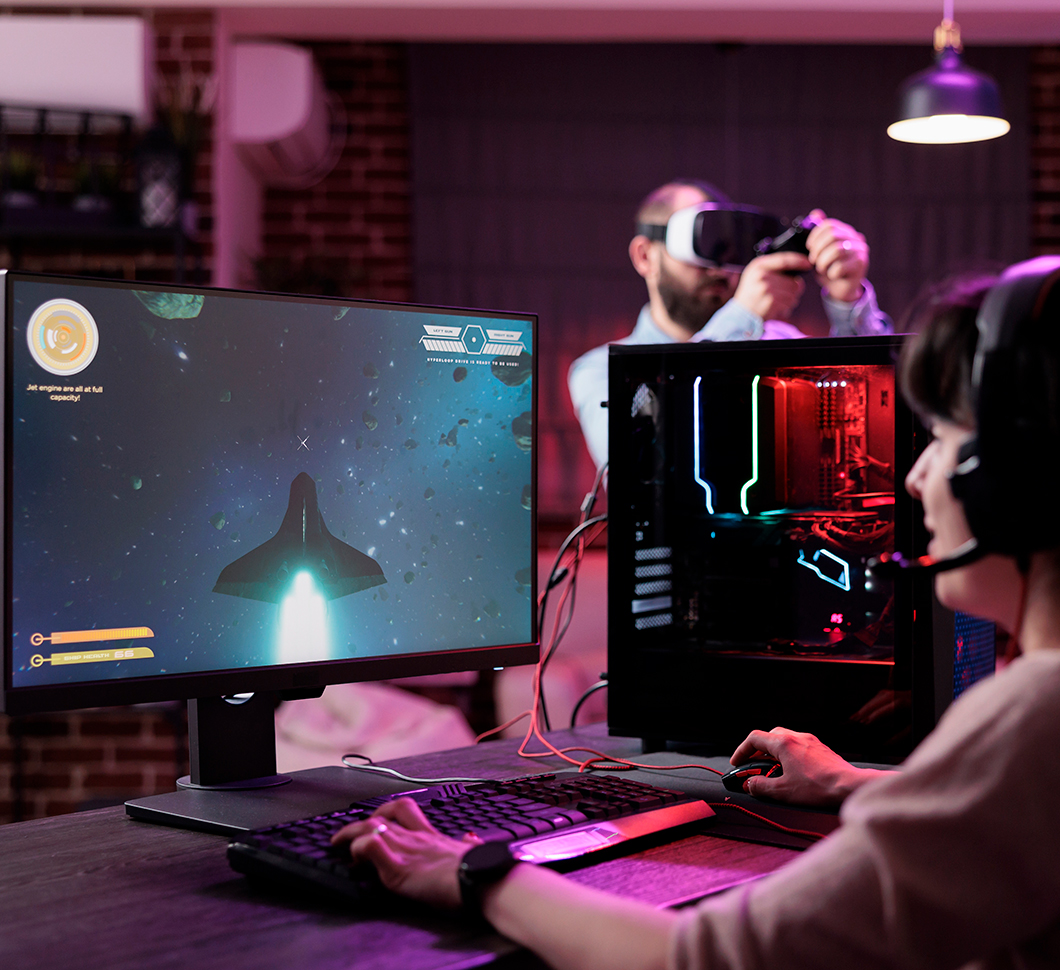 Beyond Reality: What Is a Simulation Game and Why It Matters Today
Beyond Reality: What Is a Simulation Game and Why It Matters Today  Proof of Concept Game: The First Step Toward a Full-Scale Game
Proof of Concept Game: The First Step Toward a Full-Scale Game 







